Help my Redwoods!
JenJane12
9 years ago
Featured Answer
Sort by:Oldest
Comments (24)
Embothrium
9 years agodavidrt28 (zone 7)
9 years agoRelated Professionals
Maple Valley Landscape Architects & Landscape Designers · Pottstown Landscape Contractors · Aberdeen Landscape Contractors · Bridgeview Landscape Contractors · Deer Park Landscape Contractors · La Mirada Landscape Contractors · La Verne Landscape Contractors · Ocoee Landscape Contractors · Pleasanton Landscape Contractors · Bethesda Siding & Exteriors · Pike Creek Valley Siding & Exteriors · Wilmington Siding & Exteriors · Pittsburgh Decks, Patios & Outdoor Enclosures · Randolph Decks, Patios & Outdoor Enclosures · Vero Beach Decks, Patios & Outdoor Enclosuresfredsbog
9 years agoEmbothrium
9 years agowisconsitom
9 years agoJenJane12
9 years agowisconsitom
9 years agofredsbog
9 years agofredsbog
9 years agowisconsitom
9 years agoEmbothrium
9 years agoJenJane12
9 years agomikebotann
9 years agofredsbog
9 years agowisconsitom
9 years agonightwatcher
6 years agolast modified: 6 years agodavidrt28 (zone 7)
6 years agolast modified: 6 years agoken_adrian Adrian MI cold Z5
6 years agonightwatcher
6 years agotoronado_3800
6 years agoPatricia Bell
2 days agoPatricia Bell
2 days agoToronado3800 Zone 6 St Louis
yesterday
Related Stories

GARDENING AND LANDSCAPINGBe a Citizen Scientist to Help Wildlife, Learn and Have Fun Too
Track butterflies, study birds, capture stars ... when you aid monitoring efforts, you’re lending Mother Nature a hand
Full Story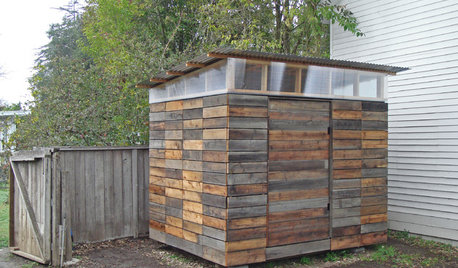
STORAGE2 Weeks + $2,000 = 1 Savvy Storage Shed
This homeowner took backyard storage and modern style into his own hands, building a shed with reclaimed redwood and ingenuity
Full Story
ROOM OF THE DAYRoom of the Day: Roughing Up a Contemporary Master Bath
Natural materials and toothy textures help a sleek bathroom fit a rustic house
Full Story
ARCHITECTUREDesign Workshop: How to Make a Home Sit Lightly on the Land
Piers, cantilevers, towers and more can help minimize a home’s environmental impact on its site
Full Story

WORKING WITH PROS10 Things Decorators Want You to Know About What They Do
They do more than pick pretty colors. Here's what decorators can do for you — and how you can help them
Full Story
KITCHEN DESIGNPalatable Palettes: 8 Great Kitchen Color Schemes
Warm and appetizing or cool and relaxing? These 8 paint palettes can help you choose the best colors for your kitchen
Full Story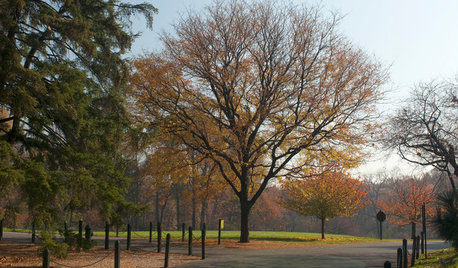
LIFEHow to Decide on a New Town
These considerations will help you evaluate a region and a neighborhood, so you can make the right move
Full Story
GARDENING GUIDES9 Garden Gates That Hinge on Charm
Stacked stone, rustic wood and fragrant blooms help beckon the eye to these inviting entries
Full Story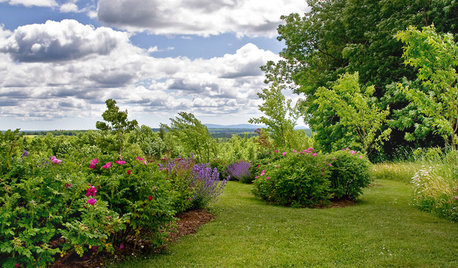
LANDSCAPE DESIGNYour Mini Guide to Great Garden Edges
Get the scoop on trenches to the skinny on bender board, to help keep your garden beds as tidy as you like
Full Story






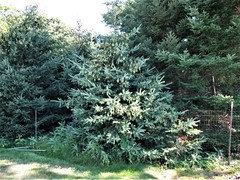

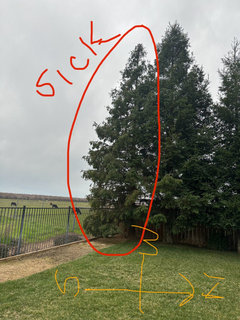





Huggorm